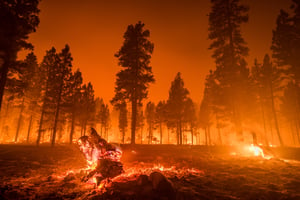
JASPER WILDFIRES
THE MIS RESPONSE TO JASPER NATIONAL PARK'S LARGEST FIRES FOR A CENTURY
A ONCE IN A CENTURY WILDFIRE EVENT
On 23 July 2024, a number of wildfires broke out to the North and South of Jasper in Canada's Alberta province, with authorities responding to reports at approximately 21:30 local time.
Although local authorities attempted to subdue the flames of both the North Fire and the South Fire, as well as build defences for the popular tourist town of Jasper, the South Fire exploded in size between 24 and 25 July.
At just before 18:00 local time on 24 July, portions of the South Fire were reported to have reached the outskirts of Jasper after being driven by strong winds gusts from the South and Southeast. Suppression efforts by helicopter bucketing proved ineffective and water bombers from Alberta were unable to assist due to dangerous flying conditions.
Driven by winds with gusts upwards of 100kmh, the North and South fire both spread towards the town of Jasper and effectively merged together.
Approximately 25,000 people were forced to evacuate the town and National Park.
Sadly, one firefighter has lost their life attempting to control the spread of the wildfires.
However, authorities are now making good progress in their efforts to control the wildfires, especially as weather conditions have transitioned to light rain and cooler temperatures, although there is still a significant burn area.
THE MIS RESPONSE
As the two fires merged and subsequently strengthened on approach to Jasper, their devastating effect on the town met the MIS response threshold.
Despite challenging conditions of very thick cloud cover preventing the MIS Intelligence team from using their typical sources for pinpointing observed hotspots and fire perimeters, they were able to solve this issue through suitable alternative methods and released an initial Exposure Layer on GEO for the Jasper Wildfires on 26 July.
Although 100% cloud cover persisted over the weekend, meaning the team could not collect any imagery of the affected areas to perform the relevant assessments, they were able to acquire data from a street-level survey to produce a preliminary Building Level Damage Assessment in GEO for the town of Jasper, which was released on 29 July.
A day later on 30 July, having acquired more data around the fires' impacts on Jasper, the team made a revised Building Level Damage Assessment, as well as adding an initial 1km Claims Grid to the product on GEO.
02 August saw the team acquire suitable imagery of the town of Jasper, so a further Building Level Damage Assessment and updated 1km Claims Grid was added to GEO, alongside 50cm Satellite Imagery.
Currently, the MIS response to the Jasper Wildfires has seen 4 product releases on GEO.
RELEASE TIMELINE
- 02/08/2024
- 30/07/2024
- 29/07/2024
- 26/07/2024
50cm Imagery, Building Level Damage Assessment and Claims Grid
50cm Imagery of Jasper, revised Building Level Assessment and updated 1km Claims Grid
Building Level Damage Assessment and Claims Grid
Revised Building Level Assessment and Initial 1km Claims Grid

Building Level Damage Assessment
Preliminary Building Level Assessment

Exposure Layer
Initial Observed Hotspots and Fire Perimeters

.png?width=300&name=misgeo.io_(High%20Res%20Screenshot).png)
LOGIN TO GEO FOR ACCESS TO
Portfolio, Policy and Property-Level Insights
Building-Level Damage Assessments
Claims Grid for Jasper
50cm Satellite Imagery for Jasper
Observed Hotspots
Fire Perimeters
EVENT GALLERY
-
AERIAL IMAGES
-
GROUND IMAGES
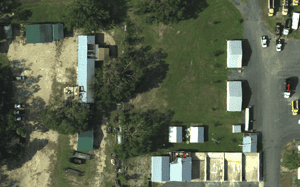
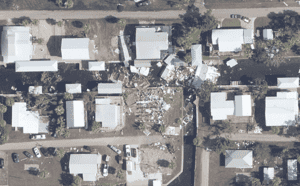
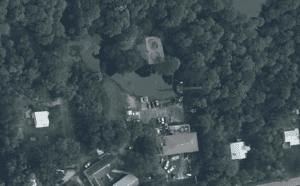
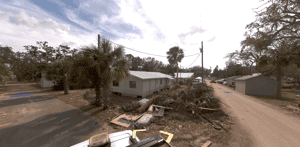
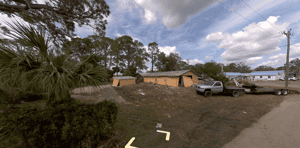
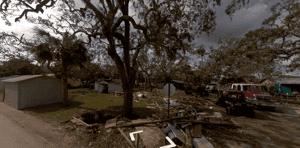
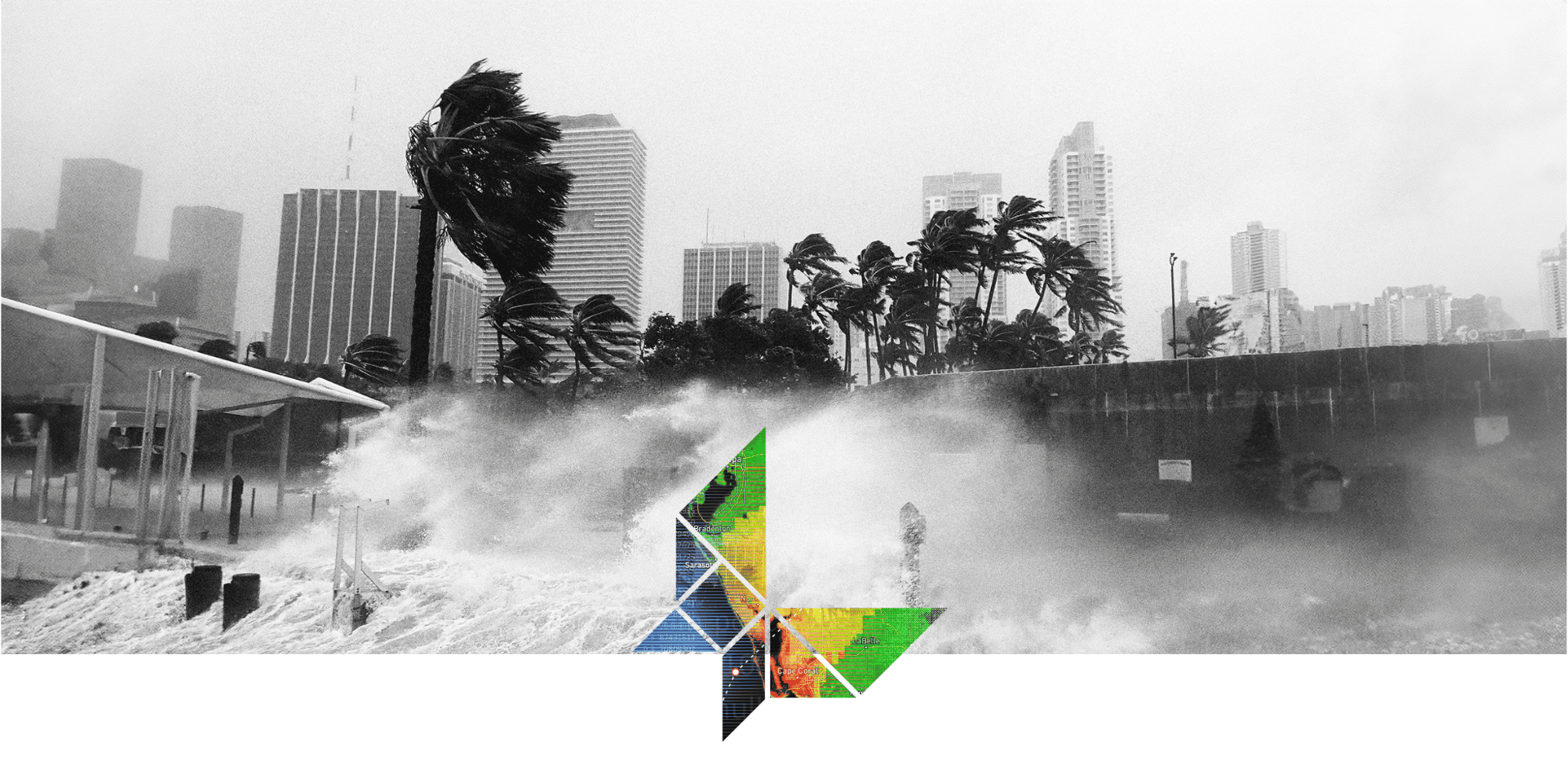
FULL REPORT AVAILABLE ON GEO
Don't have a access to GEO? Request a demo below or for immediate support, contact mail@mckenzeintelligence.com



